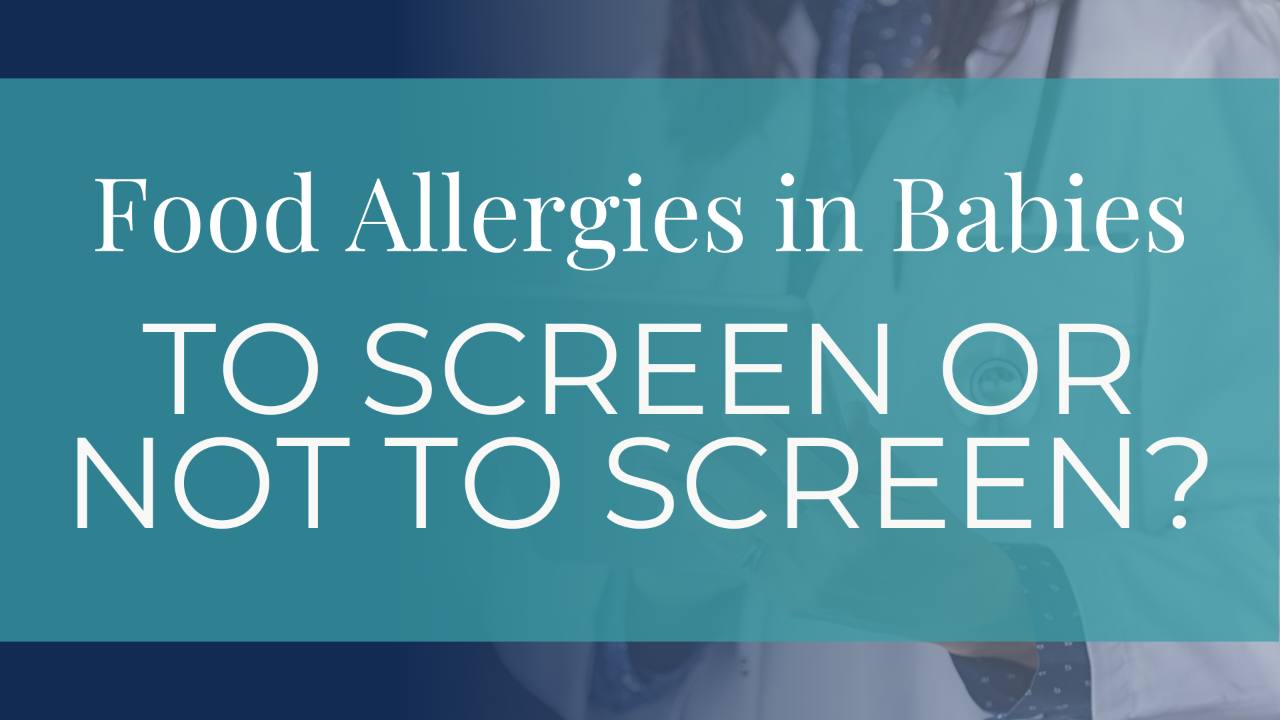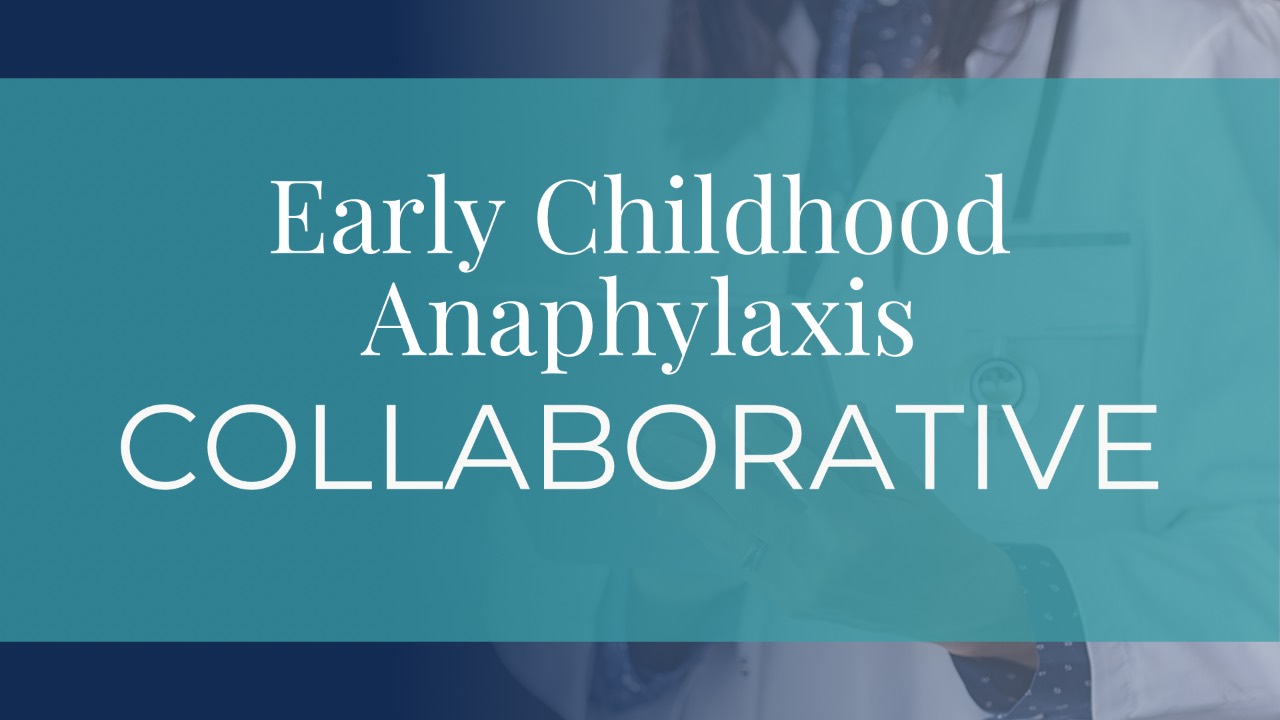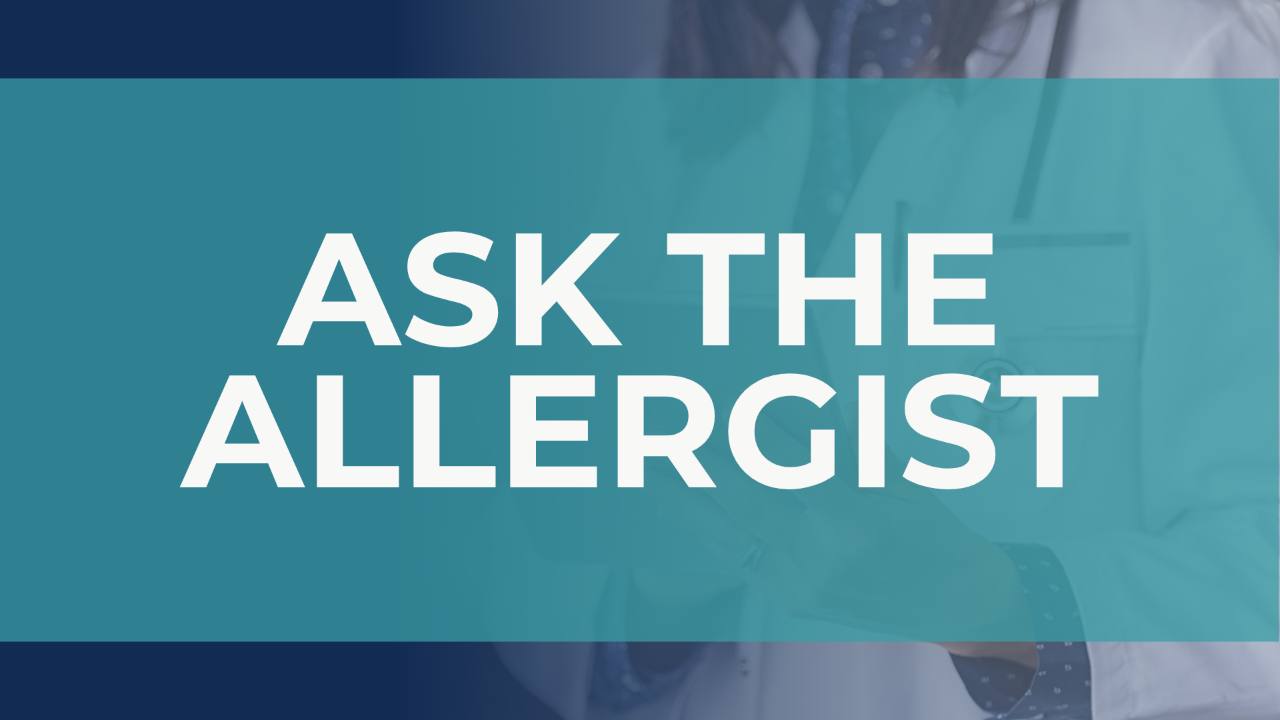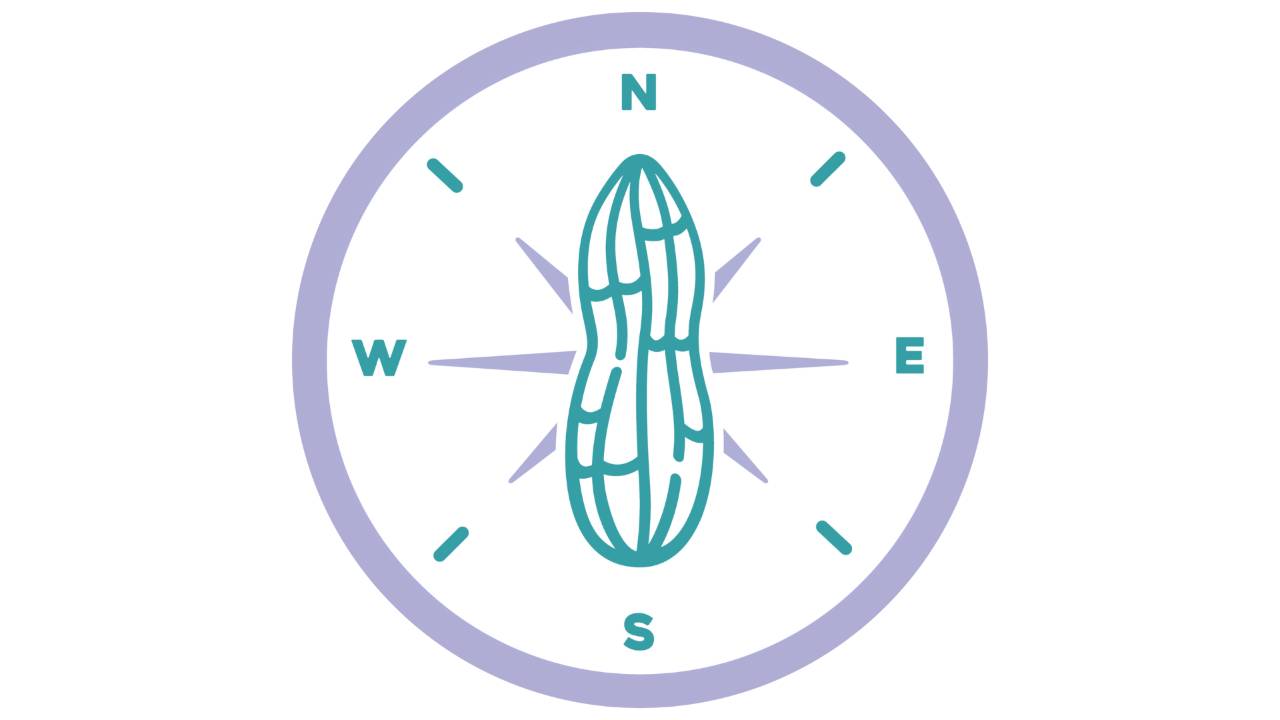How to Complete Food Allergy School Forms without Going Nuts
Food Allergy Friday Newsletter from Dr. Alice Hoyt
Hi there!
It's back-to-school time, so school forms may be flying in to you via portal, walk-in drop-off (or waiting for it!), email, text, and carrier pigeon.
Have you ever been bombarded with school forms? Forms you don't really think are good? And for patients you haven't seen in a while? If yes, that's normal - but that doesn't mean it's good or right.
So what to do?
Here are my five do's and don't's to managing school forms for your patients with food allergies, and then I'll share my favorite anaphylaxis action plan form:
5 Do's and Don't's for School Forms
1. Don't complete forms on patients you don't know.
In large practices, this may be an issue because you may be cross-covering patients not well known to you. It's critical to provide the patient with the most accurate, best, potentially life-saving plan, and it can be difficult to do that if you don't know the patient. If you are in a position where maybe the patient’s provider left the practice and the patient hasn’t been seen by you yet, this is a great opportunity to have a follow-up appointment.
Maybe you’re super booked and not sure how to squeeze that in before school starts? Try a virtual visit focused specifically on this. This is a great use of virtual visits.
2. Don't complete forms that advise antiquated, inaccurate medical recommendations.
Some schools have forms that, simply stated, are outdated. Parents may feel captive by these forms because they're told their child can't attend school unless you sign this specific form. Embrace the leadership you accepted when you took the Hippocratic Oath and when you accepted your state licensure to practice your specialty - don’t permit your patient to settle for a form and plan that ultimately could be harmful, such as a form that advises to give an antihistamine before epinephrine for food-induced anaphylaxis.
Instead, write on that form “See attached Anaphylaxis Action Plan” then attach the form you know is a good choice for that patient. If the school gives push-back to the parent, typically a phone call with the school principal can not only help that patient but can help update that school’s policies.
3. Do discuss all forms with the patient and parents.
Discussion of all medical plans is critical, and school forms are the documentation and the directions of the medical plans - so these things matter (which is why we need to get ‘em right!). The last thing you want is for there to be any confusion of what the plan is and why the plan is what it is. You’ll want to talk through each part of the form with the patient and the child (depending on the child’s age) so that everyone is on the same page.
I’ve definitely had school nurses question parents on the plan of giving epi for “just hives,” so this is one example of when having had a conversation with family about the plan is especially helpful. (Of course, the school nurse should reach out to you with any questions too!)
4. Don't send forms to the school - give them to the patient/parents to share with the school.
This not only makes your and your staff's lives easier, but it’s actually a better practice because it gives the parent the opportunity to see and review the final product and ask questions before turning it in.
I still recommend you have a bilateral release to discuss the patient’s care with the school, but when it comes to forms, have them go through the parents.
This also allows you and the parents the opportunity to engage the patient, depending on age, to help develop the child into self-managing these types of health-related issues (so that when they turn 18 and are suddenly considered an adult, they already know the ways to self-manage their food allergies).
5. Do direct the parent to have the allergist complete food allergy forms if the patient has an allergist.
At first read, you may feel like this is a punt. But it's not! There has been a lot of change in food allergy and anaphylaxis management over the past few years with things like types of epi devices as well as a more proactive use of epi to stop even "mild" reactions, so it is important that emergency planning - and the forms that document and direct on such - is crafted with the allergist and that the allergist have a clear discussion on how a child's food allergy emergency should be managed.
Does all that mean that only an allergist can do such planning? No. If you patient does not have an allergist, complete the form per the child’s medical needs, then this is a great time to refer the patient to an allergist. Chances are, you’ve already done this, and the appointment just hasn’t happened for whatever reason. This is a great time to revisit the importance of establishing care with an allergy specialist.
My Favorite Food Allergy and Anaphylaxis Action Plan
I really like FARE’s “Food Allergy & Anaphylaxis Emergency Care Plan.” Why I like this form is because it tends to have the information schools want but it’s all written in a way that is both user-friendly and accurate. It has nice little images and clear instructions.
I especially like the box that says “If checked, give epinephrine immediately if the allergen was LIKELY eaten, for ANY symptoms.” Having this included as part of the form helps further validate this approach given its right there in print instead of you having to squeeze-write it in as if its some rogue thing a doctor is doing LOL - it’s actually the safest approach and provides the child the best possible outcome!
This plan is accessible by inputting your name and email address. Save it then reuse it for your food allergy patients.
Questions about forms?
Simply reply to this email with your food allergy form questions. I'm happy to help!
Dr. Alice Hoyt
'Food Allergy Friday' is curated and written by Dr. Alice Hoyt. Dr. Hoyt is board-certified in allergy & immunology, internal medicine, and pediatrics. Her clinical expertise is in food allergies, and she serves patients with her team at the Hoyt Institute of Food Allergy.
Share this newsletter! Simply forward it to a colleague. 👍 And they can visit foodallergypedshub.hoytallergy.com.







